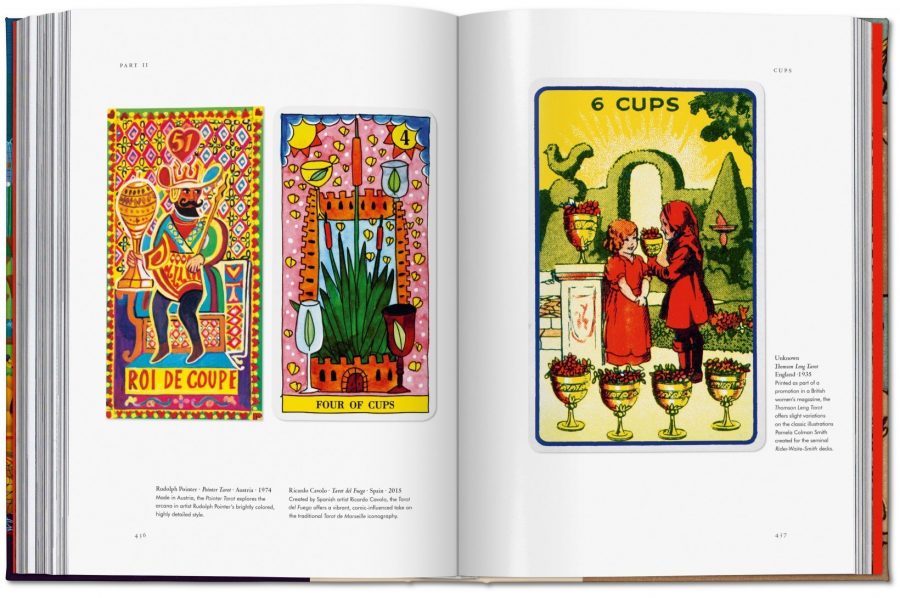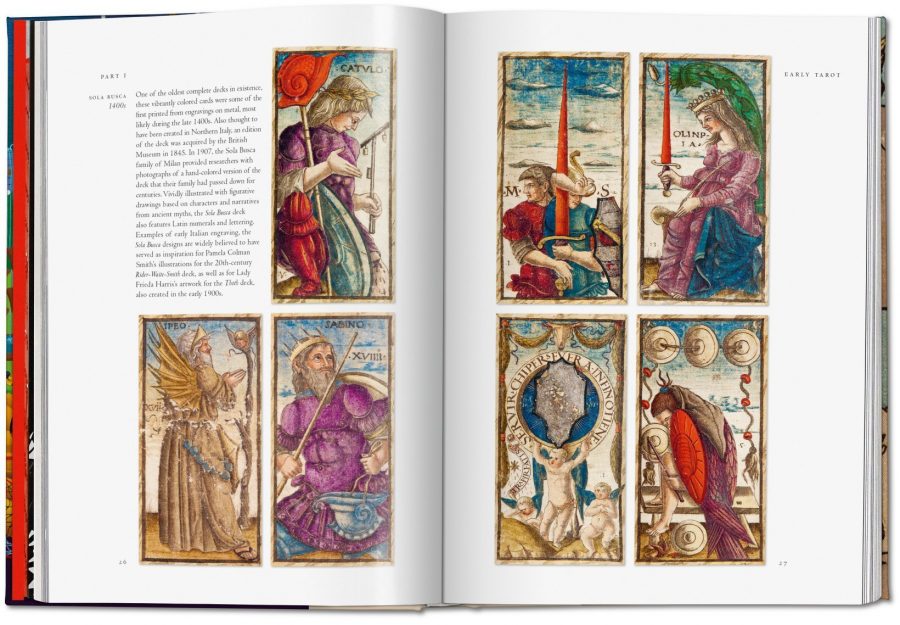The world does not lack action movies, but well-made ones have for most of cinema history been few and far between. Despite long understanding that action sells, Hollywood seldom manages to get the most out of the genre’s master craftsmen. Hence the excitement in the early 1990s when fans of Hong Kong gangster pictures learned that John Woo, that country’s preeminent action auteur, was coming stateside. His streak of Hong Kong hits at that point included A Better Tomorrow, The Killer, Bullet in the Head, and Hard Boiled, most of which starred no less an action icon than Chow Yun-fat. For Woo’s American debut Hard Target, starring a Belgian muscleman called Jean-Claude Van Damme, it would prove a hard act to follow.
Hard Target, Evan Puschak (better known as the Nerdwriter) drily puts it in the video essay above, is “not quite a masterpiece.” Woo “battled a mediocre script, studio pressure, and a star who couldn’t really act,” and then “the studio re-edited a lot of the movie to get an R rating, and to make it more palatable for American moviegoers, diluting Woo’s signature style in the process.”
But despite being a weak spot in Woo’s filmography, it makes for an illuminating case study in his cinematic style. Puschak calls its action scenes “absurdly creative” in a way that has “grown more impressive over time”: in them Woo employs slow motion — a signature technique “he weaves it into his highly kinetic sequences like an expert composer” — and other forms of time dilation to “heighten the experience of impact.”
Like most action movies, Hard Target offers a great many impacts: punches, kicks, improbable leaps, gunshots, and explosions aplenty. Under Woo’s direction they feel even more plentiful than they are, given that he “often repeats things two or three times so that the impact has an echoing effect.” Yet unlike in run-of-the mill examples of the genre, we feel each and every one of those impacts, owing to such relatively subtle editing strategies as presenting the firing of a gun and the bullet hitting its target as “two distinct moments.” (Several such gunshots, as Puschak shows us using deleted footage, were among the studio-mangled sequences.) “This is unlike any traditional films in the States,” Woo later said of Hard Target’s disappointing performance, “so the audience didn’t understand what’s going on with these techniques.” More than a quarter-century later, Western audiences have more of a grasp of Woo’s cinematic language, but few other filmmakers have come close to mastering it.
Related Content:
The Dark Knight: Anatomy of a Flawed Action Scene
Why Is Jackie Chan the King of Action Comedy? A Video Essay Masterfully Makes the Case
How One Simple Cut Reveals the Cinematic Genius of Yasujirō Ozu
Based in Seoul, Colin Marshall writes and broadcasts on cities, language, and culture. His projects include the book The Stateless City: a Walk through 21st-Century Los Angeles and the video series The City in Cinema. Follow him on Twitter at @colinmarshall, on Facebook, or on Instagram.













